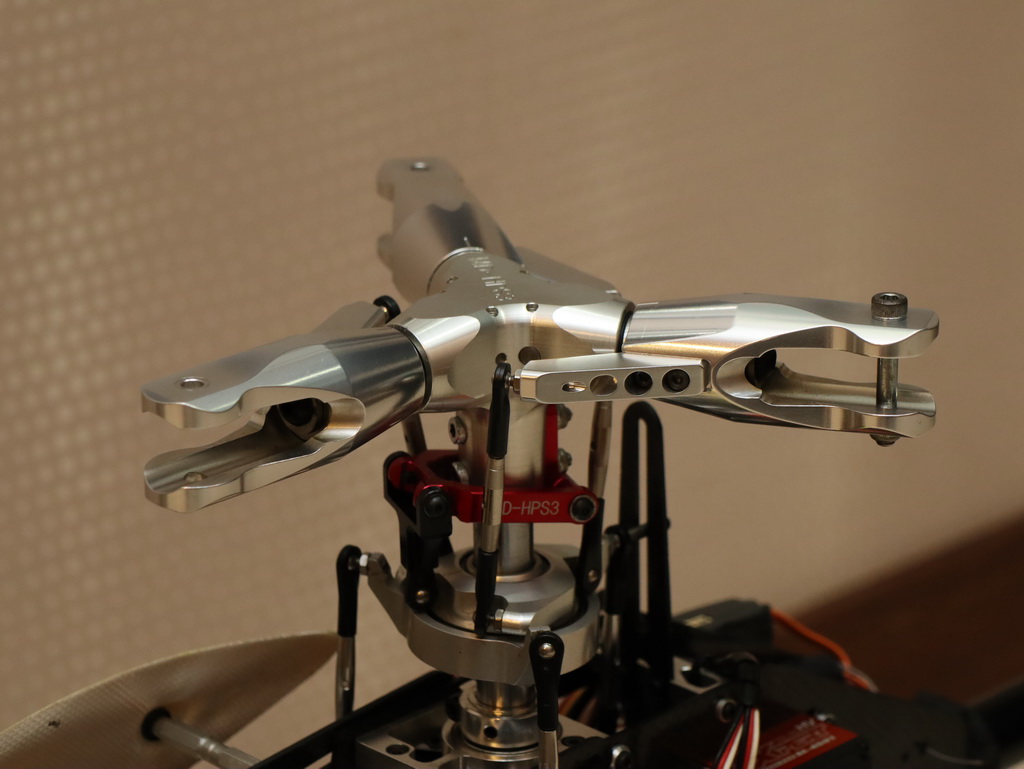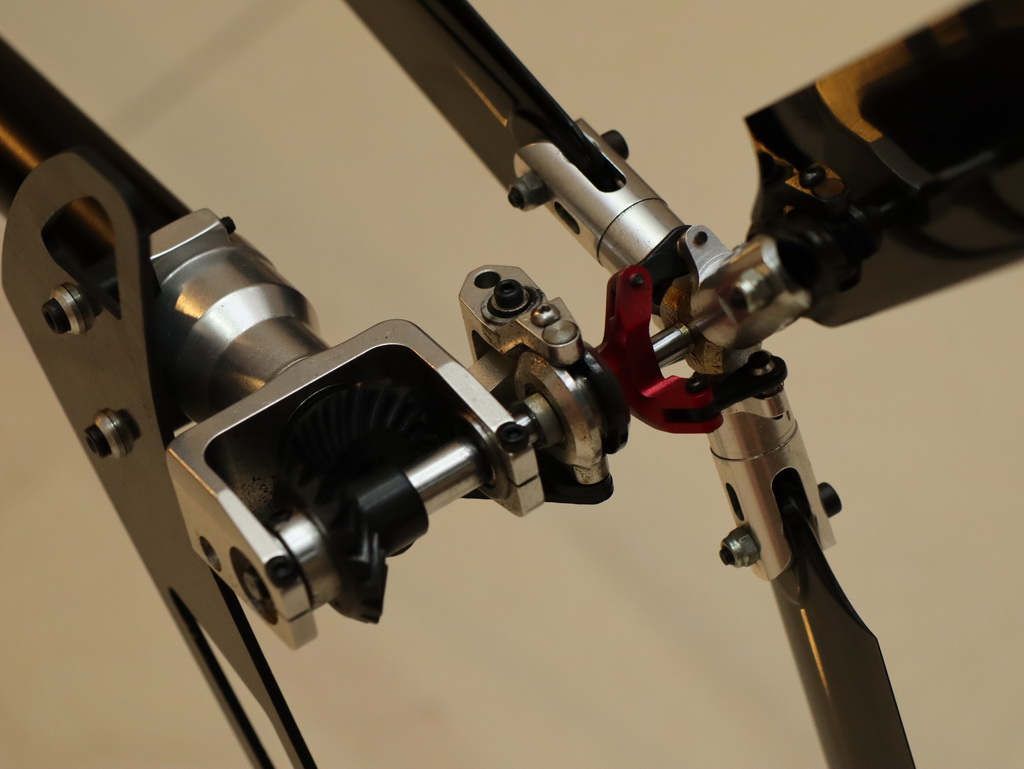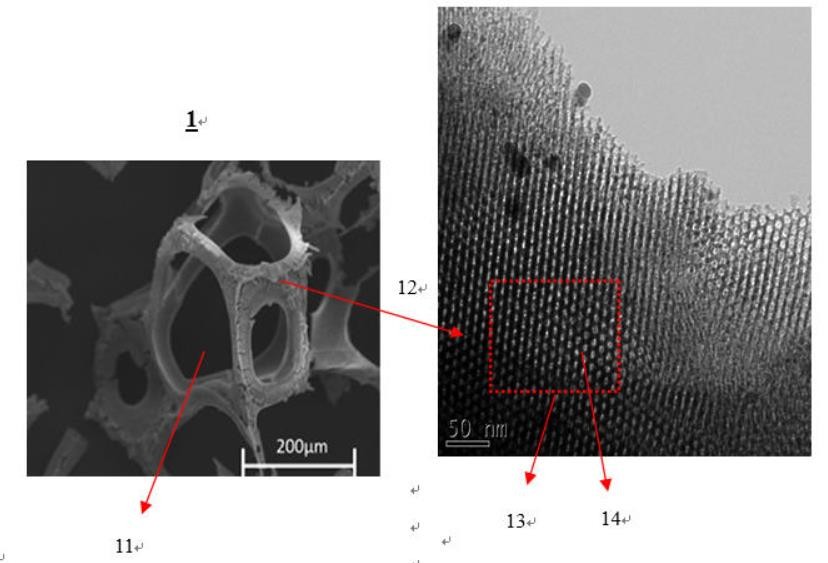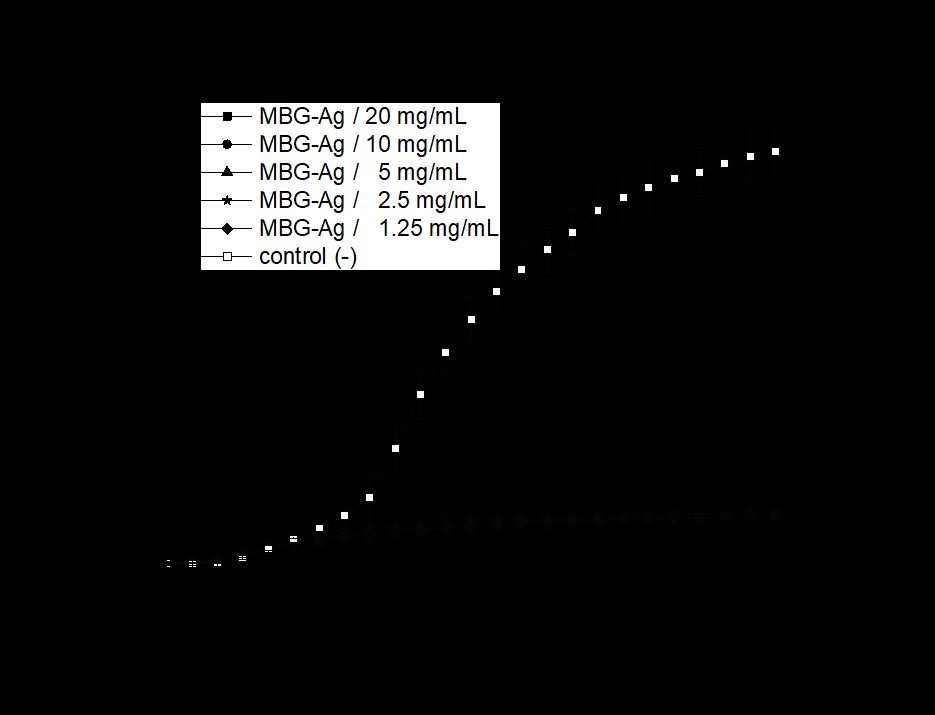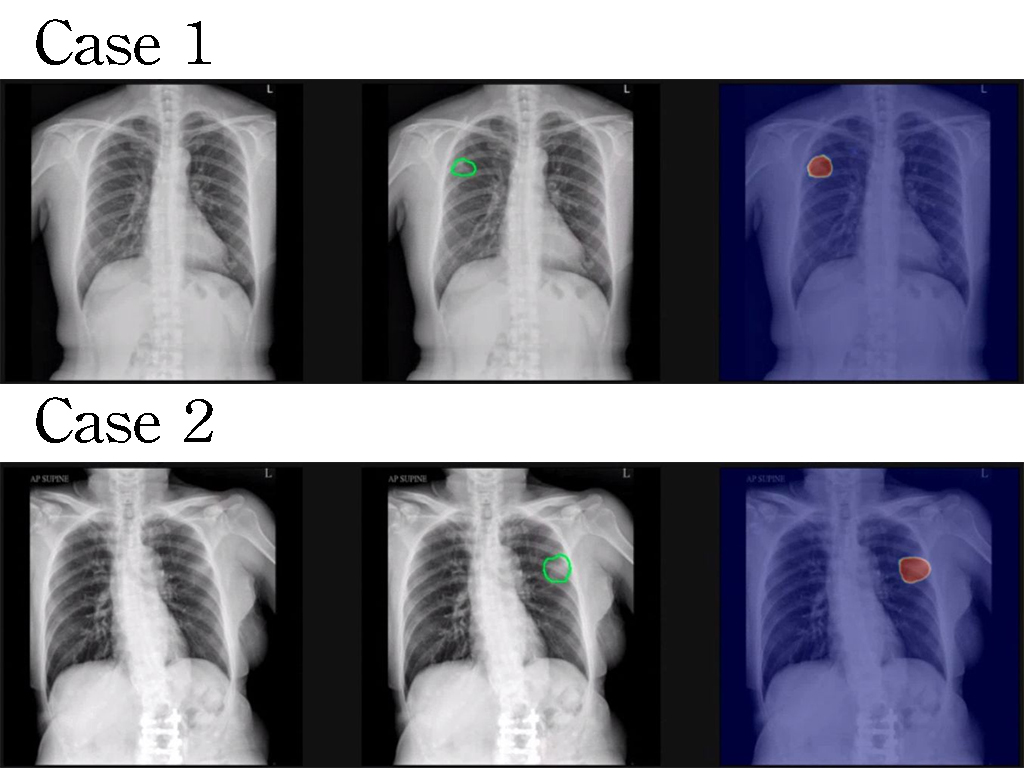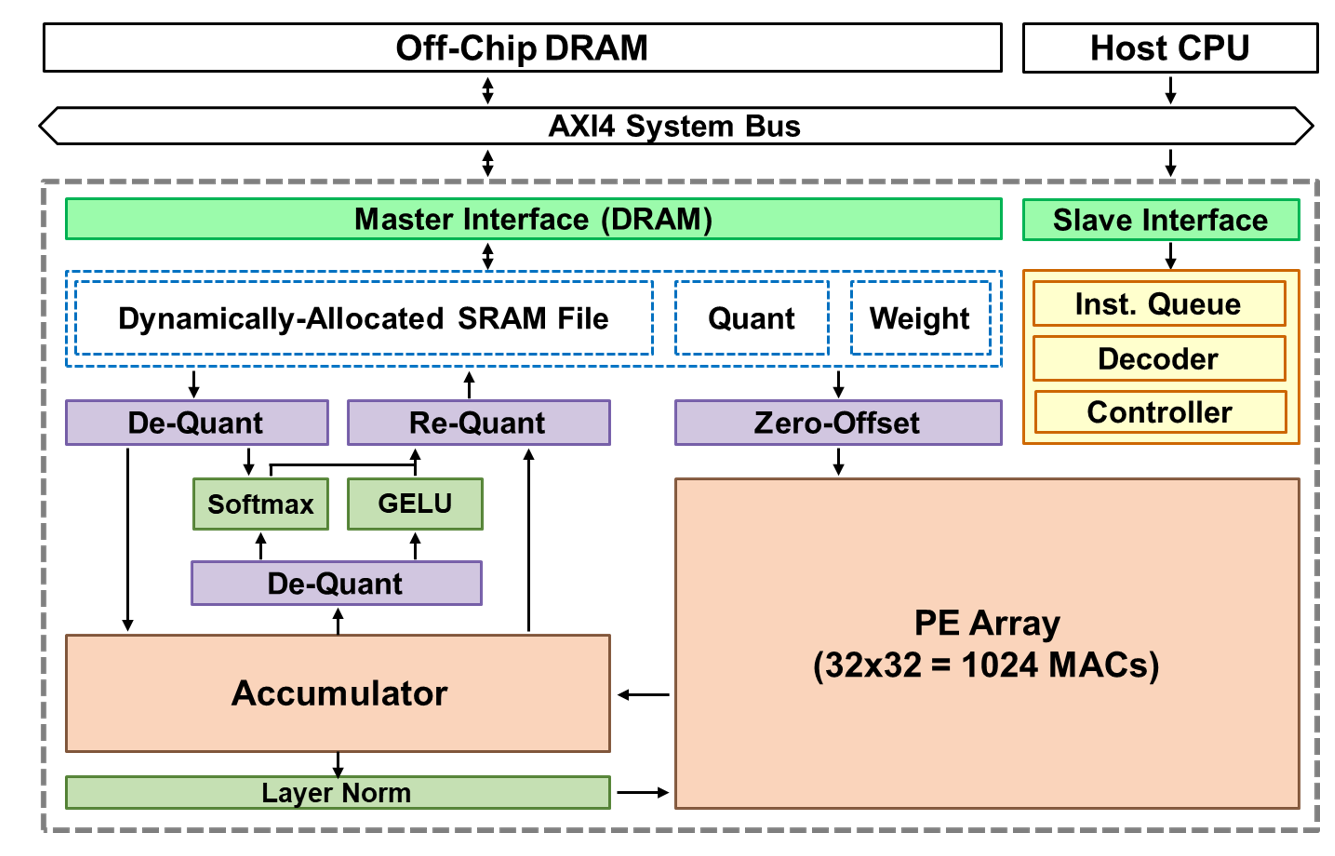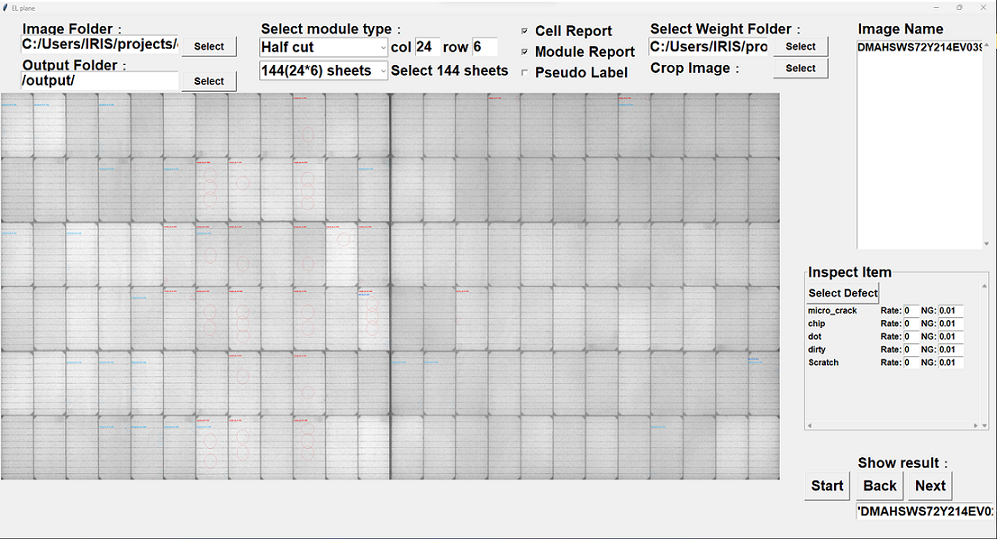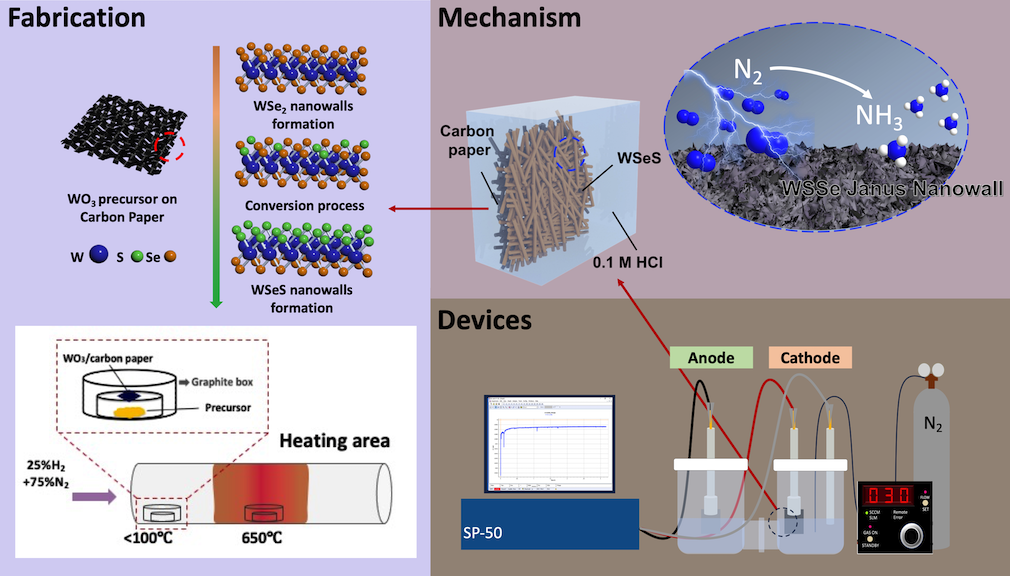| Scientific Breakthrough |
The present invention discloses a system containing a hydrophilic medium and microorganisms of a first quantity A1 colony-forming unit (CFU), adding a ceramic material in the system, the microorganisms have a second quantity A2 CFU after a specific period of time, wherein the ceramic material comprising:a hierarchically meso-macroporous structure which composition at least includes silicon and oxygen, wherein the hierarchically meso-macroporous structure comprises a plurality of macropores and a wall having a plurality of arranged mesopores, and the plurality of macropores are separated by the wall; and nano-scale metal particles confined in at least one of the plurality of arranged mesopores, wherein the nano-scale metal particles have a positive slow release effect from the at least one of the plurality of arranged mesopores; and the A2 is no more than the A1, wherein a quantity of silicon is greater than or equal to 70% of a total quantity of the composition to form the hierarchically meso-macroporous structure and a quantity of the nano-scale metal particles is no more than 10% of the total quantity of the composition to form the hierarchically meso-macroporous structure, wherein the quantity of the silicon, nano-scale metal particles and the total quantity of the composition to form the hierarchically meso-macroporous structure are expressed in moles.
In the above ceramic material comprising a hierarchically meso-macroporous structure has the following features. 1. The diameters of the nano-scale metal particles that can be controlled are no more than 10 nm. 2. The nano-scale metal particles can avoid directly contacting with the human body. 3. The ceramic material has the positive slow release effect of the nano-scale metal particles. 4. The ceramic material can be mass-produced. 5. The ceramic material can be a powder form and can be immersed, diluted, and reused. 6. Protein coating techniques can be utilized to increase its biocompatibility.
In the above ceramic material comprising a hierarchically meso-macroporous structure can be applied to novel cosmetic preservatives, effective antibacterial material or filling material for dental caries, periodontal diseases and sensitive teeth, new formulation auxiliary antibacterial material, bone graft material, and antibacterial dressings. The ceramic material can be applied to the below products including various cosmetics, antibacterial wound dressings, antibacterial wound dressings for drug resistant bacteria, bone filling materials, antibacterial bone filling materials, anti-odor oral gel, anti-odor oral mouthwash, anti-odor oral spray, dental patches, dental fillings, antibacterial dental fillings, antibacterial and anti-sensitive toothpastes, pet care oral sprays, pet care toothpastes, and pet oral odor sprays. |


